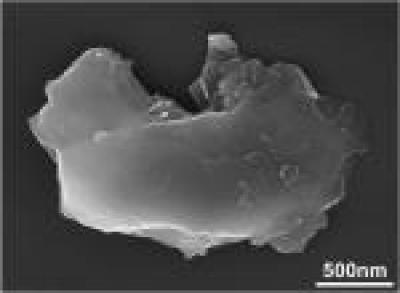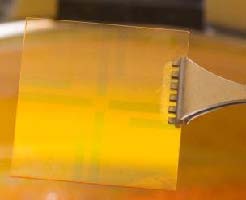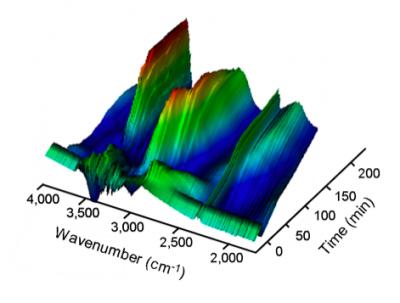Scientists have linked an overactive response by one of the immune system's key weapons against infection, natural killer (NK) cells, to the onset of biliary atresia in infants, a disease where blocked bile ducts can cause severe liver damage and death.
Researchers at Cincinnati Children's Hospital Medical Center also report that blocking a gene that helps NK cells attack bile duct tissues lessens damage and may be a way to treat the most common cause of chronically progressive liver disease in children. The study, to be published in the Aug. 3 Journal of Clinical Investigation, is posted online on the journal's website.
New genetic research in BMC Evolutionary Biology found telltale mutations in modern-day Indian populations that are exclusively shared by Aborigines. The new study indicates that Australian Aborigines initially arrived via south Asia.
Dr Raghavendra Rao worked with a team of researchers from the Anthropological Survey of India to sequence 966 complete mitochondrial DNA genomes from Indian 'relic populations'. He said, "Mitochondrial DNA is inherited only from the mother and so allows us to accurately trace ancestry. We found certain mutations in the DNA sequences of the Indian tribes we sampled that are specific to Australian Aborigines. This shared ancestry suggests that the Aborigine population migrated to Australia via the so-called 'Southern Route'."
A new impact on Jupiter is getting all the attention this week but it can happen here - and has. Nanosized diamonds found just below the surface of Santa Rosa Island off the coast of Santa Barbara are evidence of a 'cosmic impact' approximately 12,900 years ago
The hypothesis by the researchers behind the study is that fragments of a comet struck across North America at that time.
Purdue University researchers have created magnetically responsive gold nanostars that gyrate when exposed to a rotating magnetic field and can scatter light to produce a pulsating or "twinkling" effect. This twinkling allows them to stand out more clearly from noisy backgrounds like those found in biological tissue.
Alexander Wei, a professor of chemistry, and Kenneth Ritchie, an associate professor of physics, led the team that created the new gyromagnetic imaging method.
'Sun power for soldiers' sounds like aging hipsters have taken over the military, right? No, this is still manly; a special "conductive ink" that can be used to make printed organic photovoltaic solar cell panels on very thin, flexible surfaces using ink-jet printing.
The research was done by scientists at the Air Force Research Laboratory Materials and Manufacturing Directorate (AFRL/RX), with Plextronics, Inc., and the Pennsylvania NanoMaterials Commercialization Center, both located in the City of Champions, Pittsburgh, PA.
The ready-to-use, technology captures sunlight and stores it as energy to power Global Positioning System components, portable communications, and other devices for U.S. soldiers.
How do individual cells survive conditions that should kill them? It's long been a mystery of nature but a team of researchers recently tracked the chemical changes in Desulfovibrio vulgaris, which is a single-cell bacterium that normally can only exist in an oxygen-free environment. They exposed the cells to the most hostile of conditions — air — and watched as some cells temporarily survived by initiating a well-orchestrated sequence of chemical events.
 Opioid Addicts Are Less Likely To Use Legal Opioids At The End Of Their Lives
Opioid Addicts Are Less Likely To Use Legal Opioids At The End Of Their Lives More Like Lizards: Claim That T. Rex Was As Smart As Monkeys Refuted
More Like Lizards: Claim That T. Rex Was As Smart As Monkeys Refuted Study: Caloric Restriction In Humans And Aging
Study: Caloric Restriction In Humans And Aging Science Podcast Or Perish?
Science Podcast Or Perish?









